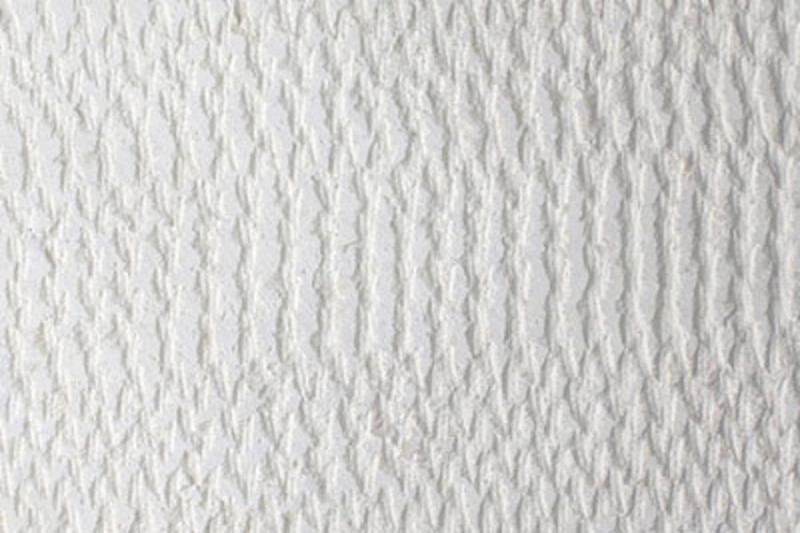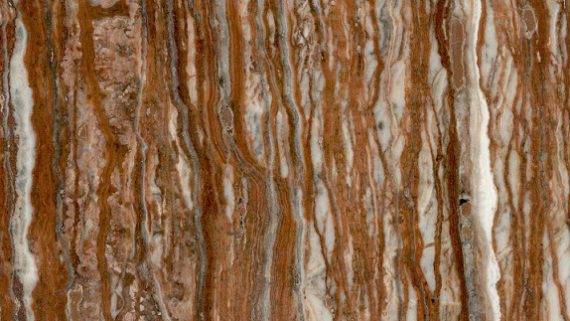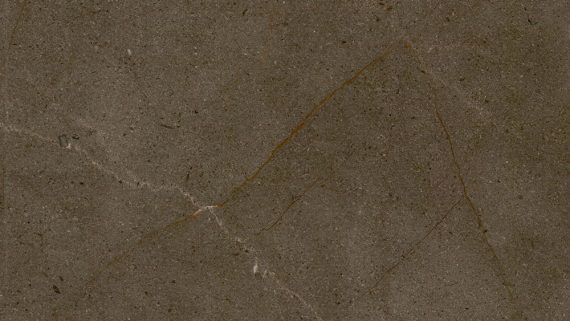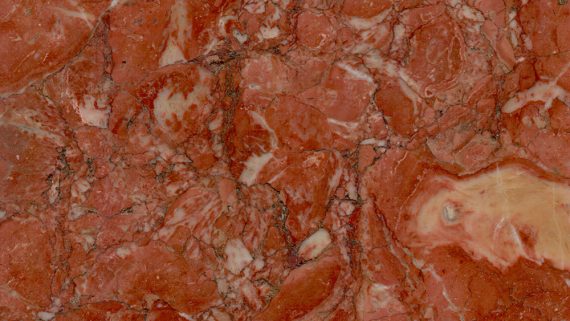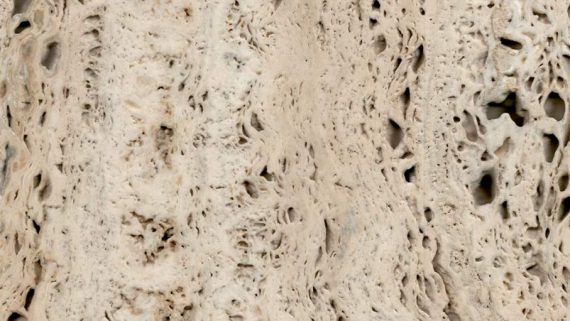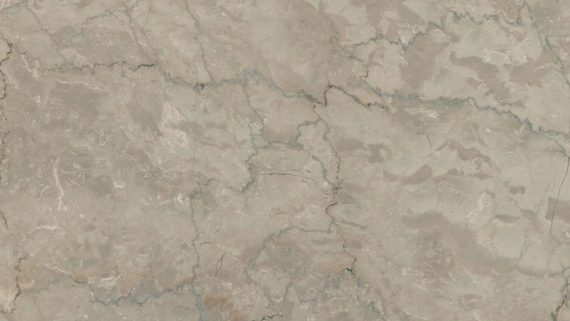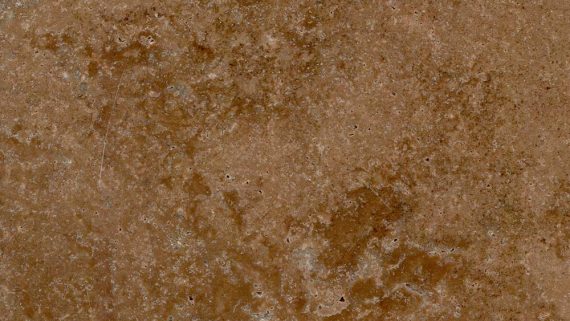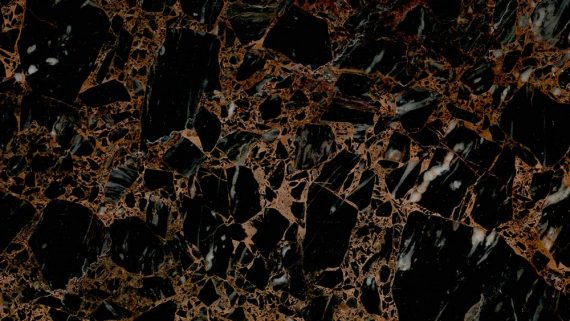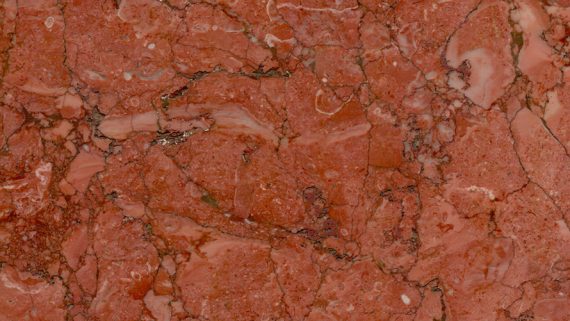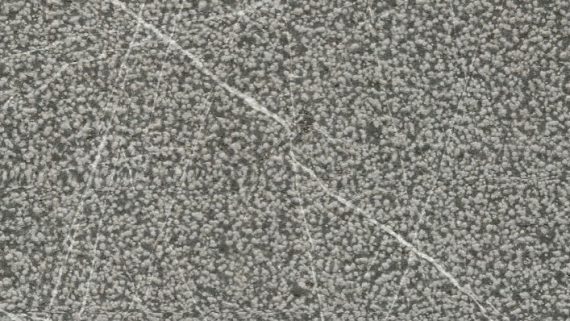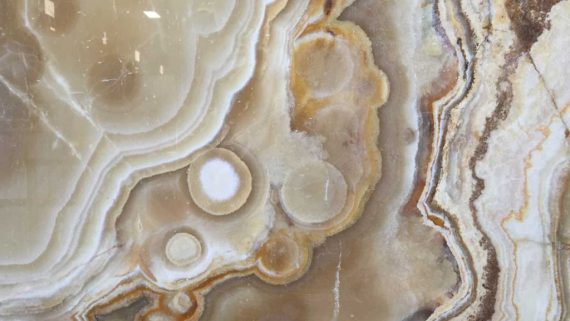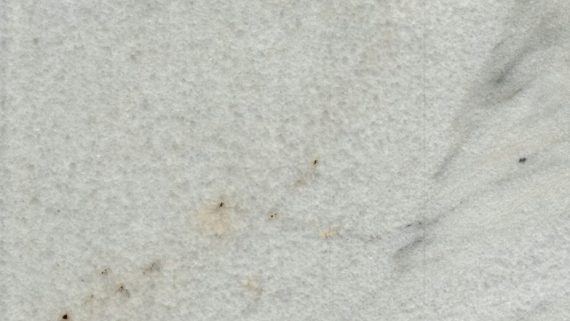- Date: 2017-08-27
- Category: Cut stones, Limestone
- Tag: Marble stone
Lyme Stone
Lyme Stone
Limestone or limestone or calcium carbonate (CaCO3):
Lime Stone Stone is a sedimentary rock composed mainly of mineral calcite. In fact, the purpose of lime is to convert its stone into a usable state and convert it into limestone, after consumption. After preparing the CaCO3 limestone from the relevant mines, put it into special furnaces and placing it under a temperature of 900 ° C, evaporate the moisture along the rock and mix the CaCO3 in mechanized or traditional furnaces and convert it into a lime with Formula CaO and CO2 gas. : Carbon dioxide, along with other gases, goes out of the furnace chimney.
Combine lime with water and convert lime to the Ca (OH) 2 formulation. This substance, which is a alkaline group, has a lot of acid-combining effects. Ultimately, lime is used as a pure, sandy or sandy lime or lime mortar.
How to form
The limestone rocks are genetically divided and divided into two groups of large lime and inert lime.
Lime: Includes all limestone in columns that are formed by chemical and biochemical processes where they exist. Generally, the formation of limestone deposits is associated with biological activities and are of biochemical origin. Like travertine and calcareous columns.
Non-edible lime: contains lime that is similar in texture to classical rocks, but its chemical composition is completely related to chemical processes. Like damaged limestone and sand.
Over time, the carbon dioxide gas contained in the air combines with the moisture of the environment and creates instability of acid that penetrates into the mortar and is compounded with it, leading to CaCO3 re-generation. This will last for months, depending on the application area, humidity of the environment, air temperature, thickness, and type of mortar.
What is the difference between lime stone and marble and marble?
Marble is the result of settling and limestone mineralization, after which time the deposited layer with a certain thickness turns into extractable limestone sedimentary rocks.
From the scientific point of view, there is no stone called marble, but in Iran the stone is equivalent to the marble. Marble is a limestone and metamorphic rock with a specific weight more than limestone, composed of crystalline calcite, dolomite, or both, which has a monolithic or mosaic seed texture Fine grained material from the commercial viewpoint of marble including all kinds of limestone or non-metamorphosed rocks, as well as re-crystallization. This rock is suitable for polishing, and has good polish. Marble tiles are in red, white, green, yellow, lime and others. Colors are seen and its quality is of an export value. The mineral potential of the marble stone of the country, especially in central provinces, East Azarbaijan, West Azarbaijan, Isfahan, Fars, Khorasan and Lorestan.
Marble is a type of limestone found in various colors. White marble has been used for building in recent times. Egyptians and Greeks used this stone to build their temples. This stone is resistant to heat, cold and rain.
When limestone is placed under deep heat and pressure in the deep underground for a long time, it is transformed into a marble. The main ingredient in marble is calcium carbonate. Some types of marble have 99% calcium carbonate. The presence of aluminum and magnesium in marble causes a variety of colors. The pure marble is completely white. The chemical formula of all three CaCO3 is different in appearance and shape of the crystals. Limestone rocks are more geographically younger than marble and marble stones, or they are not exposed to high pressure and high temperatures, and therefore they are considered to be quite sedimentary rocks. These marble and marble have the highest moisture absorption and less resistance to erosion.
Examples of the most popular Lyme Stone rocks are the Semirom rock, the White Mountains of Qom, Islamabad, and … The advantages of this rock are its affordable and one-handed color and its disadvantages, high water absorption and low resistance to erosion. Hence, this rock can only be recommended for places that are far from moisture and erosion, where the best places to use are stairways or parking walls.
ProductImages
